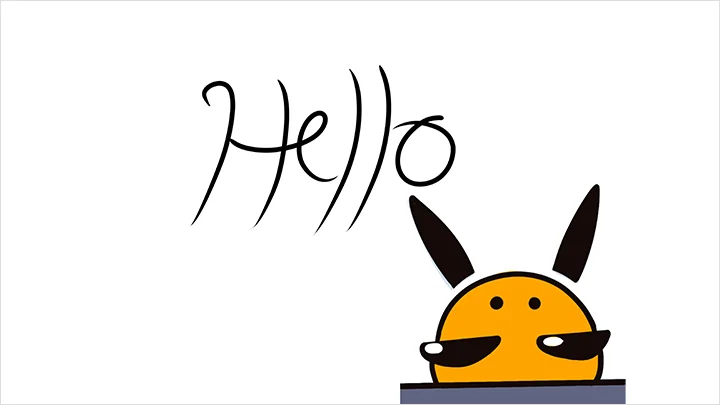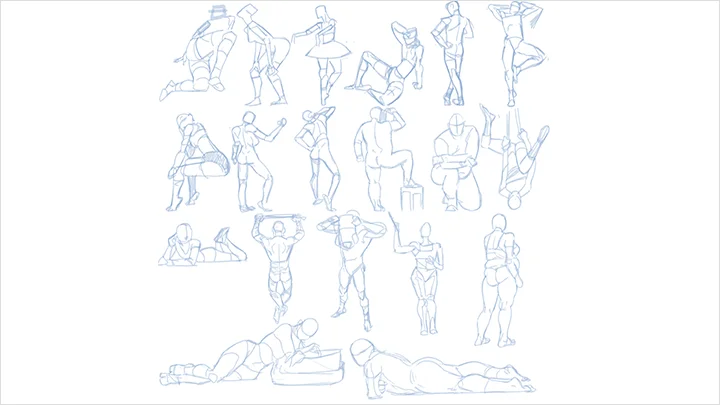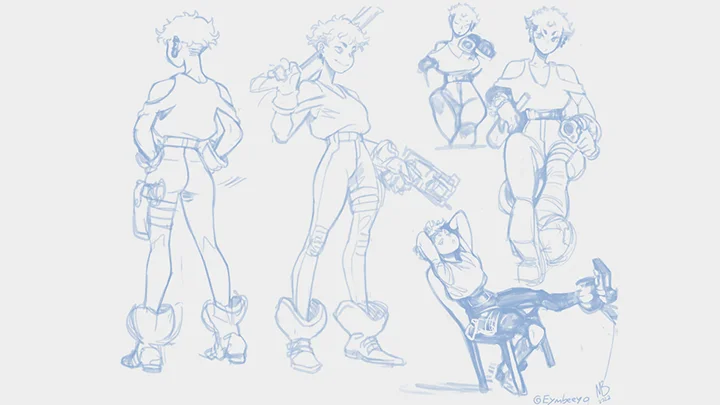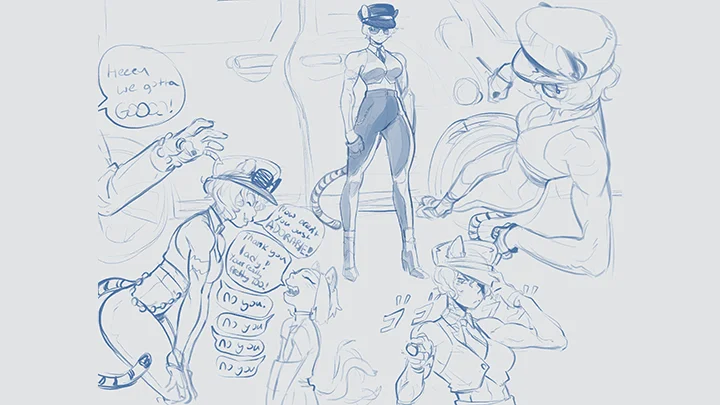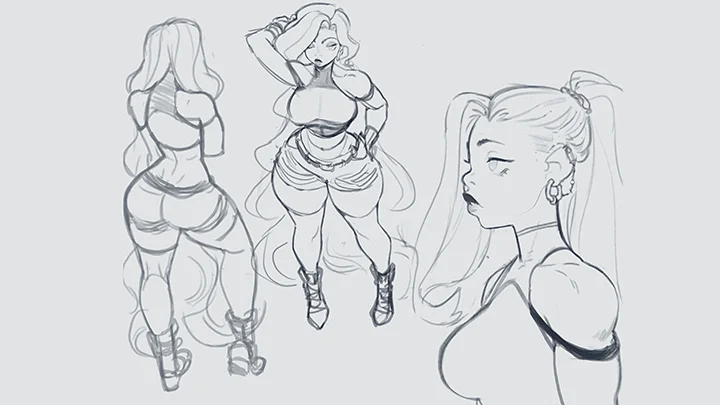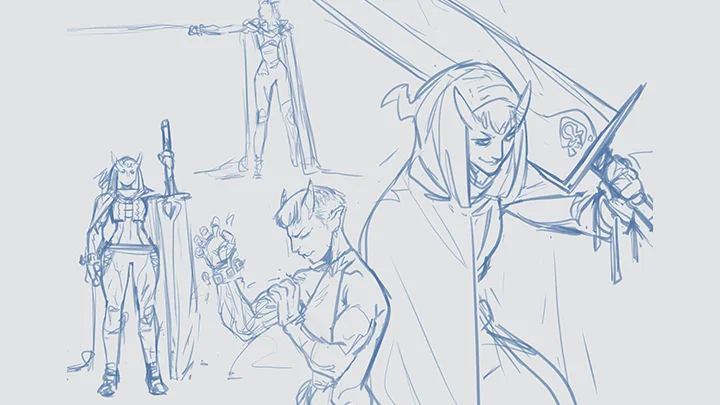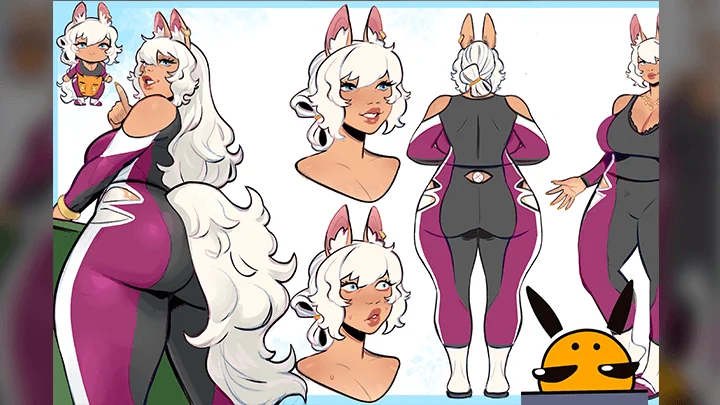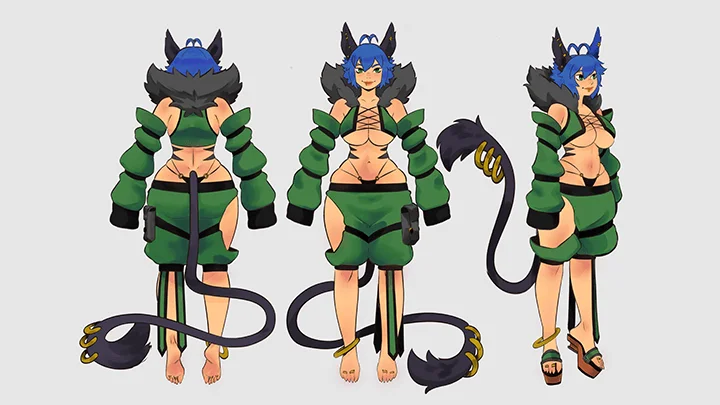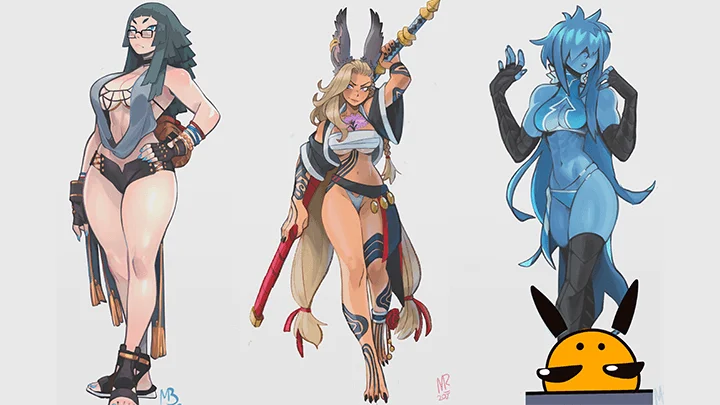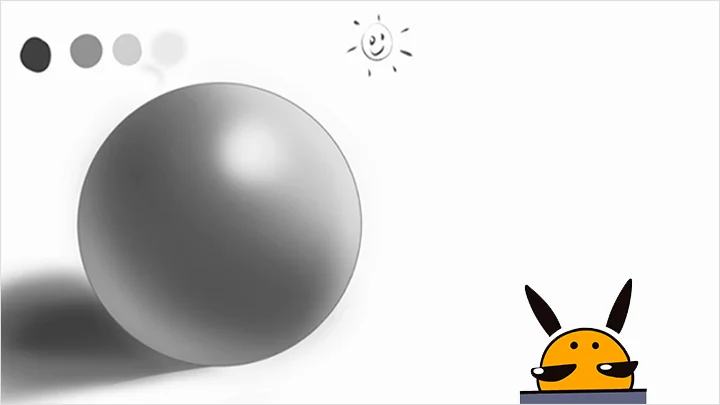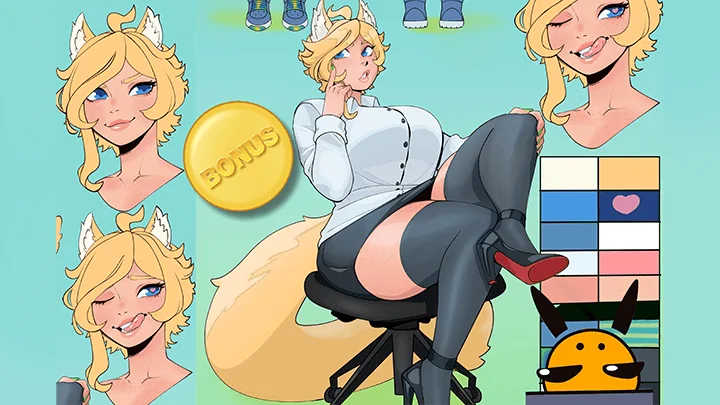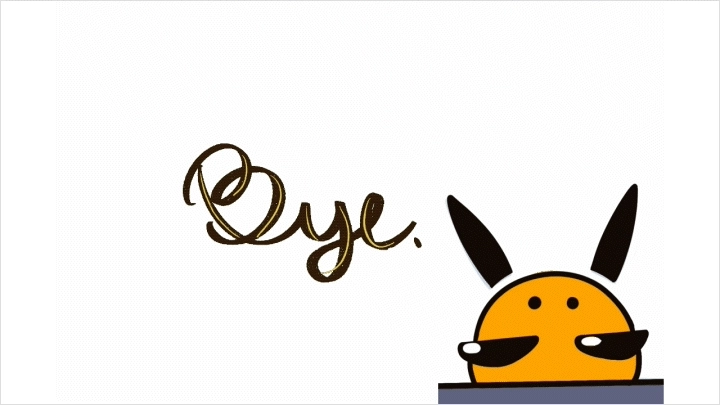Illustrator,Eymbee Details
- Section 01
OT
01. Orientation- Introducing your instructor - What you will learn - Helpful websites and software programs
- Section 02
Ideation
02. Idea Phase- Figure out what do you like - Think of the things that interest you - Listing: Not everything will make it in, but at least some will!
03. Character Archtype- Are they a hero,villain, anti-hero, mentor or something else? - Finding out their role in your world - What is their effects in the story?
04. Specific Characteristics- What they like & dont like - Food - Hobbies
05. Backstory: Writing Phase- Figuring out what they've been through before meeting the viewers - Family - Where do they stand in this society?
- Section 03
Building your Character
06. Character Flaws, Quirks, Relations- List making that will make up their ideals and personality! - How do they treat the waiter? - Do they clean up after themselves?
07. Character Arc/What Have They Done before the Viewer Has Met Them- How do they deal with stress - Past traumas - Medical conditions
08. Planning Done: Move onto the Visuals- How will they look? - Searching for reference - Putting things together
09. Anatomy- Finding the spine - Gesture - Learning muscles
- Section 04
Fundamentals: Anatomy to Posing
10. Proportions- Studying the standards - Learning some shortcuts - Keeping things in perspective
11. Shapes/Simplifying- Learning shapes - Turning them into body parts - Polygons are your friend!
12. Dynamic Posing- Showing good perspective - Everything on the body doesn't have to be shown! - Moving the camera
13. Stylizing Anatomy- Take what we learned to draw in your style - Realism is great for learning stuff then you turn it into yours! - Style: How you interpret everything!
14. Aesthetics - What do you find attractive ? - Your tastes will show in your art! - Know yourself to know your art
- Section 05
Adding Spice to Your Character
15. Outfits/Accessories- Google, Pinterest, and more! - What would they be wearing in this universe? - Do they NEED something on their body or not?
16. Flatting/Picking the Right Colors- Flat colors - Color theory - Putting together something pleasing to the eyes
17. Shading/Shading Techniques- Layer effects - Color picking - Painting
18. Light/Lighting Effects- Where is the lightsources? - How to they effect the figure - Ways to show the difference in the sources
19. Expressions- Learning your characters face - Squashing & stretching while keeping everything in proportion - Learning the landmarks
- Section 06
Lights and Shadows
20. Backgrounds- Where is the character at? - What time of day is it? - What does the environment tell the viewer ?
21. Where Would They Be? What Would Be around Them?- Are they on a different planet? - Inside a room - Outside
22. Drawing from Real Life! Designing Character Bedroom- Using stuff around you as examples - Turn these things into simple shapes that can transform into a new item!
- Section 07
Bonus Track
23. Extra Credit- Side characters - Make the world feel fleshed out - People existing around or somewhere with the main character
24. Extra Side Characters for Compelling Interactions- Have them interact in some way - Fighting, talking, loving each other, and more! - Add or detract from the main character
- Section 08
Conclusion
25. Finalized Illustration- Conclusion - You should have a whole character & a general idea for what you want to do with them and where they live! - Someone for them to interact with
